Tasmania, Australia’s southernmost island, is known for its rugged landscapes, unspoiled wilderness, and abundant wildlife. The island is home to some of the most breathtaking national parks in the world, many of which have been recognized for their global significance. With dense rainforests, dramatic mountain ranges, and pristine coastlines, Tasmania’s national parks offer a diverse range of natural beauty, making them a must-visit destination for nature lovers and adventurers alike.
In this guide, we’ll explore some of the best national parks in Tasmania, each showcasing the island’s unique and wild beauty. Whether you’re an avid hiker, a wildlife enthusiast, or simply someone looking to escape into nature, Tasmania’s national parks are the perfect place to immerse yourself in the island’s untouched wilderness.
1. Cradle Mountain-Lake St Clair National Park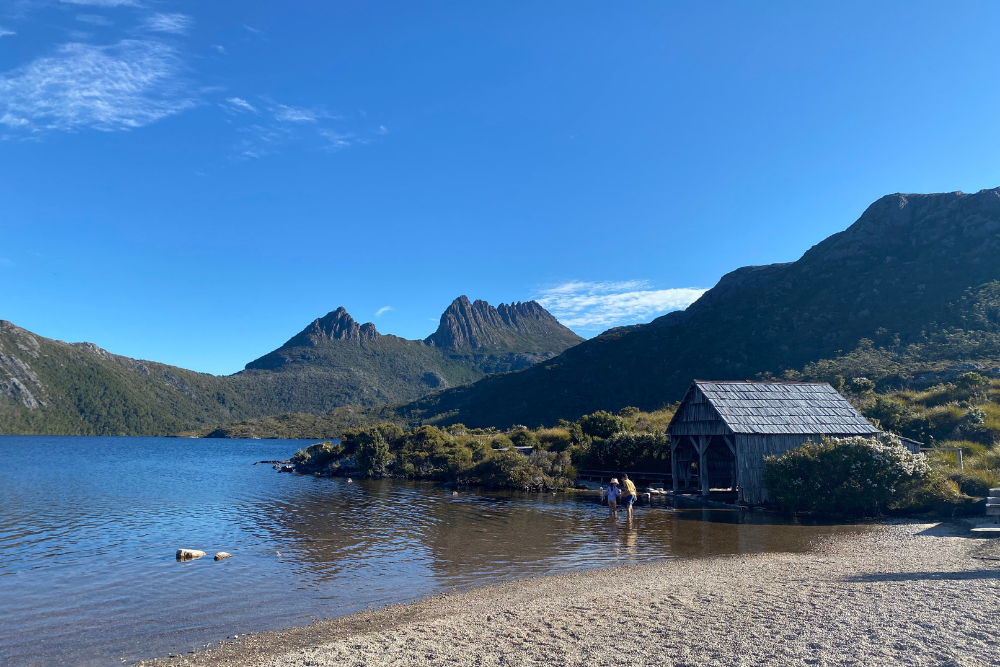
One of Tasmania’s most iconic national parks, Cradle Mountain-Lake St Clair National Park is a paradise for outdoor lovers. Located in the heart of Tasmania’s wilderness, the park is home to some of the island’s most striking landscapes, including the jagged peaks of Cradle Mountain, the serene Lake St Clair, and a variety of pristine alpine environments.
The park offers a range of hiking options, from short walks to multi-day treks. The Overland Track, one of Australia’s most famous hiking routes, stretches for 65 kilometers from Cradle Mountain to Lake St Clair, taking adventurers through some of the country’s most stunning and remote terrain. The track passes through ancient rainforests, alpine meadows, and crystal-clear streams, offering an unparalleled opportunity to experience Tasmania’s wild beauty.
For those seeking a shorter walk, the Dove Lake Circuit around Dove Lake at the base of Cradle Mountain is a relatively easy and scenic loop. The reflections of Cradle Mountain in the lake’s still waters provide one of the most photographed vistas in Tasmania.
Wildlife is abundant in the park, with visitors frequently spotting Tasmanian devils, wombats, and various bird species. The park is also known for its rich history and cultural significance to the Indigenous people of Tasmania.
2. Freycinet National Park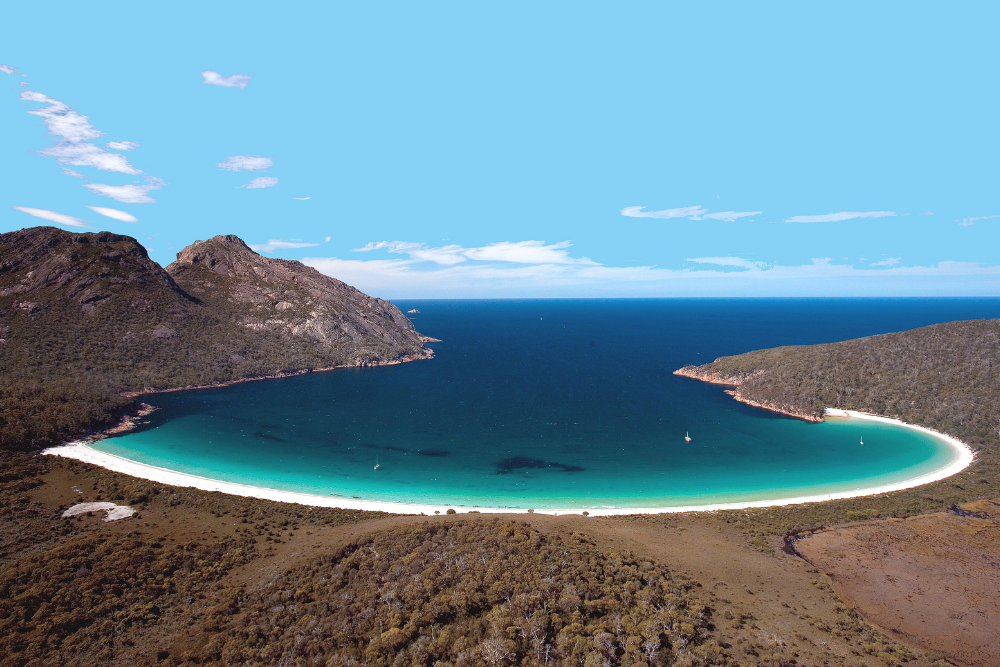
Freycinet National Park, located on the eastern coast of Tasmania, is renowned for its stunning coastal scenery, pristine beaches, and dramatic granite peaks. The park’s centerpiece is Wineglass Bay, often considered one of the most beautiful beaches in the world. The bay’s clear turquoise waters and soft white sand are framed by the impressive Hazards Mountain Range, making it a picture-perfect destination.
The park offers a range of hiking opportunities, including the popular Wineglass Bay Lookout Walk, which provides a breathtaking view of the bay from above. For a more challenging experience, the Hazards Beach Circuit takes visitors on a longer trail through eucalypt forests and along the stunning coastline.
Freycinet is also a haven for wildlife, including a variety of bird species, wallabies, and pademelons. The area is ideal for swimming, kayaking, and snorkeling, with plenty of opportunities to explore the crystal-clear waters and hidden coves.
For those looking to spend more time in the area, the park has excellent camping facilities, allowing visitors to fully immerse themselves in the natural beauty of the region.
3. Tasman National Park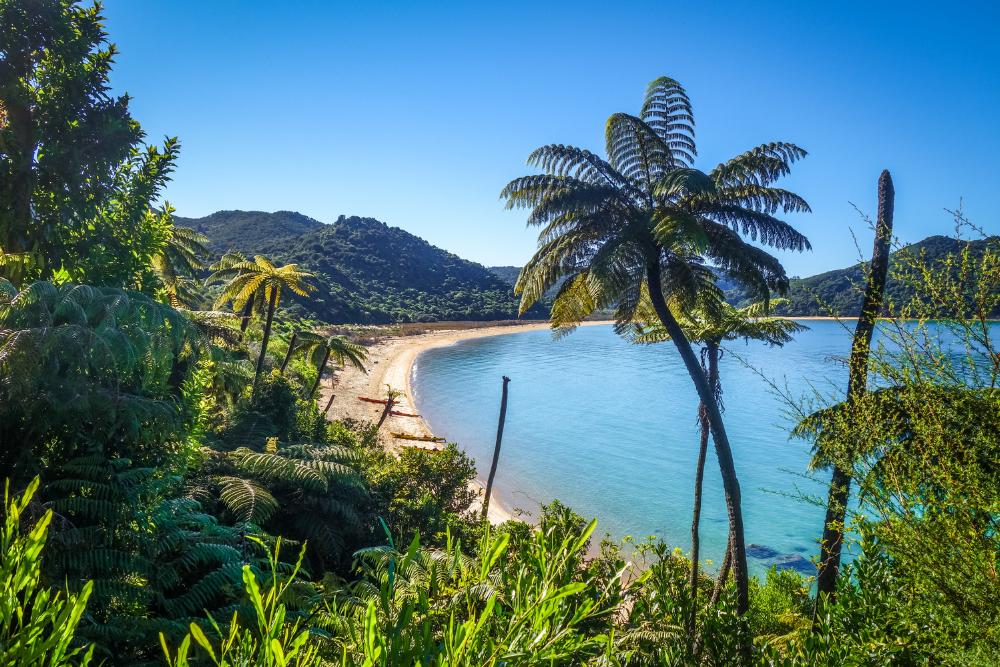
Located on the southeastern coast of Tasmania, Tasman National Park is known for its dramatic coastal landscapes, towering cliffs, and rugged beaches. The park is home to some of the most striking coastal features in Tasmania, including the famous Tessellated Pavement, a naturally occurring pattern of geometric rock formations along the shoreline.
The park is also home to the impressive Tasman Arch and the Devil’s Kitchen, natural rock formations that are the result of millions of years of coastal erosion. Visitors can take a scenic drive along the park’s rugged coastline, stopping at various lookouts to admire the spectacular views.
For those seeking more adventure, the Cape Hauy Track offers a challenging hike with rewarding views of the cliffs and ocean. The track winds along the edge of the Tasman Peninsula, providing a chance to spot local wildlife, including sea birds and dolphins.
Tasman National Park is a great destination for kayaking, as the calm waters around the peninsula offer the perfect conditions for exploring the coastline. The park is also a popular spot for rock climbing and abseiling, with its steep cliffs providing plenty of opportunities for adventure.
4. Southwest National Park
As one of Tasmania’s most remote and wild parks, Southwest National Park is the epitome of rugged wilderness. Part of the Tasmanian Wilderness World Heritage Area, this vast park is home to ancient rainforests, pristine rivers, and jagged mountains. The park is known for its untouched landscapes, making it a haven for those seeking solitude and adventure.
The Southwest Track is a multi-day hike that takes trekkers through the heart of the park, offering a chance to experience its untamed beauty. The track passes through dense rainforests, alongside rushing rivers, and over alpine plateaus, providing a true wilderness experience.
The park is also home to a variety of unique wildlife, including the rare and elusive Tasmanian tiger (Thylacine), though sightings are extremely rare. The diverse ecosystems of Southwest National Park are also home to wombats, possums, and a range of bird species, including the endangered orange-bellied parrot.
For those who prefer a more relaxed experience, the park offers several shorter walks, including the Hartz Mountain Circuit, which provides panoramic views of the surrounding wilderness. Despite its remoteness, Southwest National Park is accessible to those willing to embark on a true wilderness adventure.
5. Mount Field National Park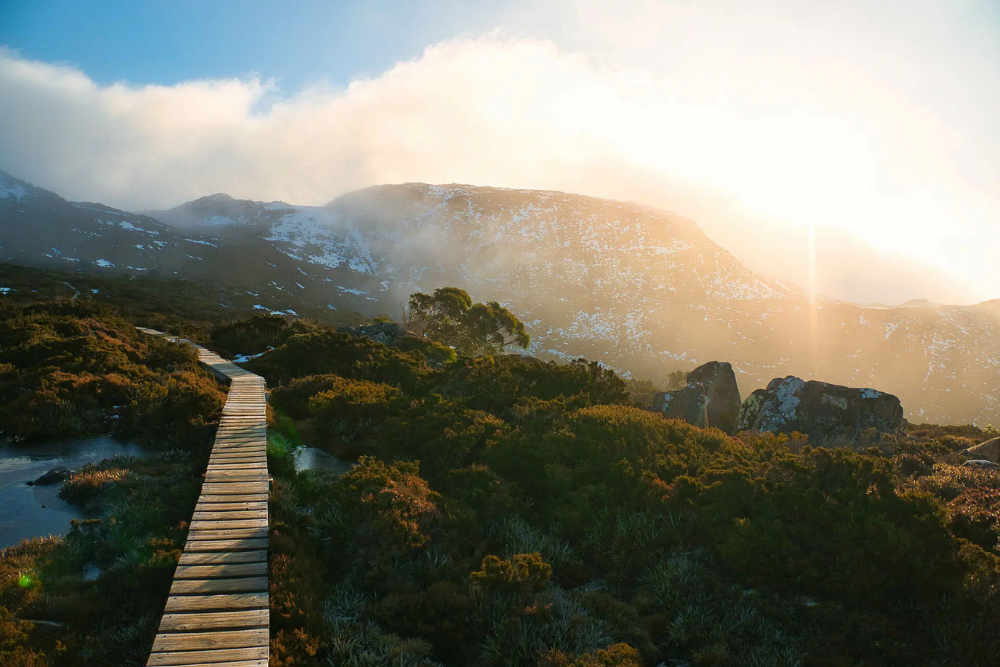
Located just a short drive from Hobart, Mount Field National Park offers a diverse range of landscapes, from lush temperate rainforests to alpine meadows and mountain peaks. The park is famous for its Russell Falls, one of Tasmania’s most photographed natural landmarks. The falls are easily accessible via a short, wheelchair-friendly walk through the park’s rainforest.
For those looking to explore further, the Mount Field West and Lake Dobson areas offer more challenging hikes, with rewarding views of the surrounding mountains and valleys. The park is also a great spot for birdwatching, with the opportunity to see the endangered Yellow-tailed Black Cockatoo and the elusive Tasmanian Pardalote.
In winter, Mount Field National Park becomes a popular destination for snowshoeing and cross-country skiing, adding to its year-round appeal. The park is also home to a range of wildlife, including wallabies, echidnas, and platypuses, making it an ideal destination for nature enthusiasts.
6. Douglas-Apsley National Park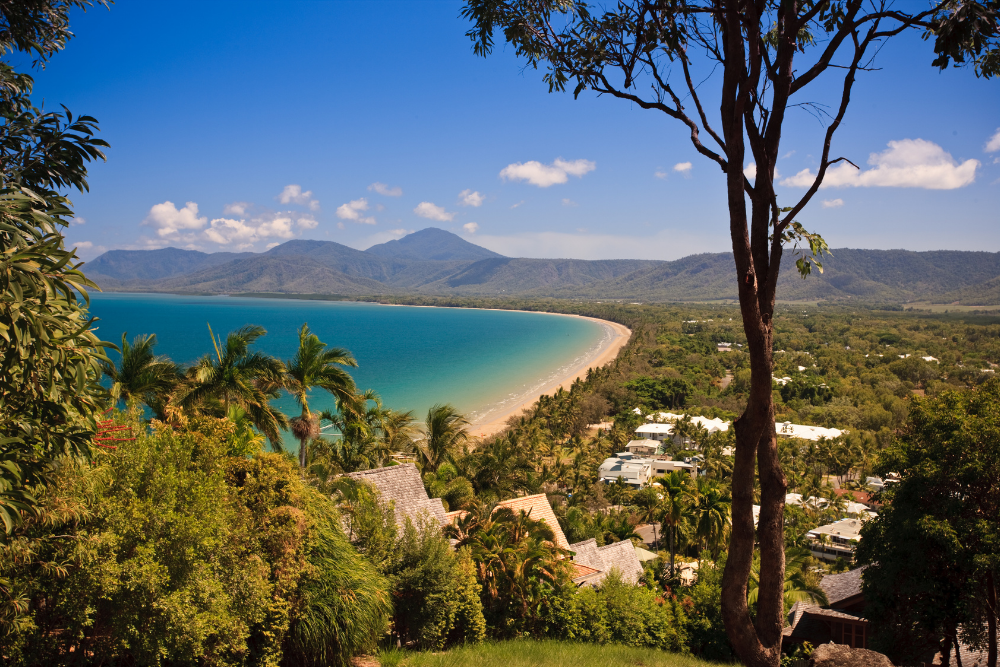
Located on Tasmania’s east coast, Douglas-Apsley National Park is a lesser-known gem that offers stunning scenery and a chance to explore Tasmania’s wilderness without the crowds. The park is known for its deep river gorges, pristine waterfalls, and diverse ecosystems.
The Apsley Waterhole is a popular spot within the park, offering the chance to swim in crystal-clear waters surrounded by lush greenery. The park also features a number of walking trails, including the Douglas River Walk, which takes visitors along the riverbank and through dense forest.
Wildlife enthusiasts will appreciate the park’s rich biodiversity, with the chance to spot wallabies, echidnas, and a variety of bird species. The park’s remote location makes it an excellent destination for those looking to experience Tasmania’s wild beauty in peace and solitude.
Conclusion
Tasmania’s national parks are a true testament to the island’s wild beauty. From the towering peaks of Cradle Mountain to the rugged coastlines of Tasman National Park, these parks offer something for every nature lover and adventurer. Whether you’re hiking through ancient rainforests, exploring secluded beaches, or simply soaking in breathtaking views, Tasmania’s national parks provide an opportunity to connect with nature in its most pristine and untouched form.
So, if you’re seeking an unforgettable adventure in the heart of Australia’s wilderness, look no further than the wild beauty of Tasmania’s national parks. Whether you’re after a peaceful retreat or an adrenaline-filled adventure, Tasmania’s natural wonders are waiting for you to explore.












